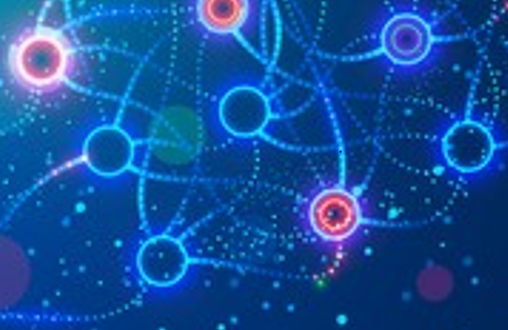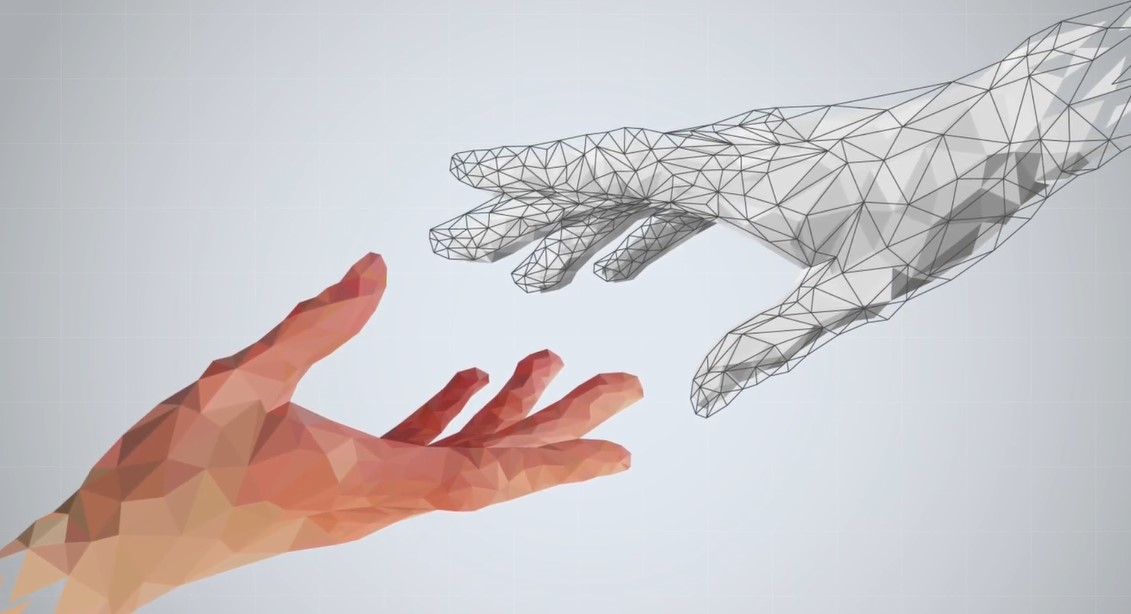
Deep learning represents an advanced branch of machine learning, which has gained a central role in modern technology due to its ability to analyze and understand highly complex data. Inspired by the functioning of the human brain, this method uses artificial neural networks composed of multiple layers, known as deep neural networks, allowing computers to learn from vast amounts of information and detect intricate patterns.
This type of learning is essential for developing high-performance systems capable of exceeding the limitations of traditional programming, opening new horizons in numerous application domains.
One of the most well-known fields where deep learning has had a major impact is image recognition. Modern image recognition systems use convolutional neural networks (CNNs) to extract and analyze visual features from images. These networks are capable of learning to recognize objects, faces, traffic signs, and even tumors from medical images, with a level of accuracy that rivals that of a human expert. In facial recognition, for example, deep learning allows algorithms to identify the unique characteristics of each face and use them for authentication or classification, a technology widely used in security and mobile devices.
Deep learning applications are not limited to images; one of the most promising fields of application is natural language processing (NLP). This branch aims to enable computers to understand, interpret, and generate written or spoken text, a task that is extremely complex from a linguistic perspective. Deep learning models, such as recurrent neural networks (RNNs) or transformer-based models (such as GPT), are used for various tasks, including automatic translation, text summarization, speech recognition, or content generation. For example, automatic translation has made spectacular progress thanks to these technologies, with algorithms capable of learning not only vocabulary but also the cultural and contextual nuances of languages, offering much more accurate translations than traditional methods.
Another field where deep learning has opened new perspectives is the automotive industry, particularly in the development of autonomous vehicles. Here, neural networks are trained to recognize the surrounding environment – from roads and buildings to pedestrians and other vehicles – and make real-time decisions based on this data. This process involves integrating large volumes of visual information, combined with data on speed, distance, and road conditions, to ensure safe and efficient driving without human intervention.
In the medical field, deep learning has enormous potential, especially in diagnosing and treating diseases. Medical imaging analysis systems, trained on millions of radiological images, are capable of detecting subtle anomalies, such as tumors or lesions, with exceptional accuracy. Additionally, deep learning-based technologies are used to analyze genetic data and personalize treatments according to the individual characteristics of each patient, thus paving the way for personalized medicine.
Although the impact of deep learning is remarkable, it must be mentioned that this technology is not without its challenges. Training deep neural networks requires enormous amounts of data and considerable computational resources. Additionally, deep learning models are often considered “black boxes,” meaning that the decisions they make are difficult to explain or interpret by humans. This aspect raises ethical questions and concerns about the responsibility of using them in critical situations, such as medicine or justice systems.
Nevertheless, continuous progress in hardware and algorithms is making these barriers increasingly easier to overcome. Moreover, the research community is actively working on developing “explainability” methods, which aim to make deep learning models more transparent and easier to understand.
As deep learning continues to advance, its applications will become increasingly diverse and powerful. From autonomous vehicles to medical diagnostics and automatic translation systems, deep learning is fundamentally changing how we interact with technology and how we solve the most complex problems in our society. The ability to learn and adapt from data is the key to the success of this technology, and its potential is far from fully explored.
(Article generated and adapted by CorpQuants with ChatGPT)



